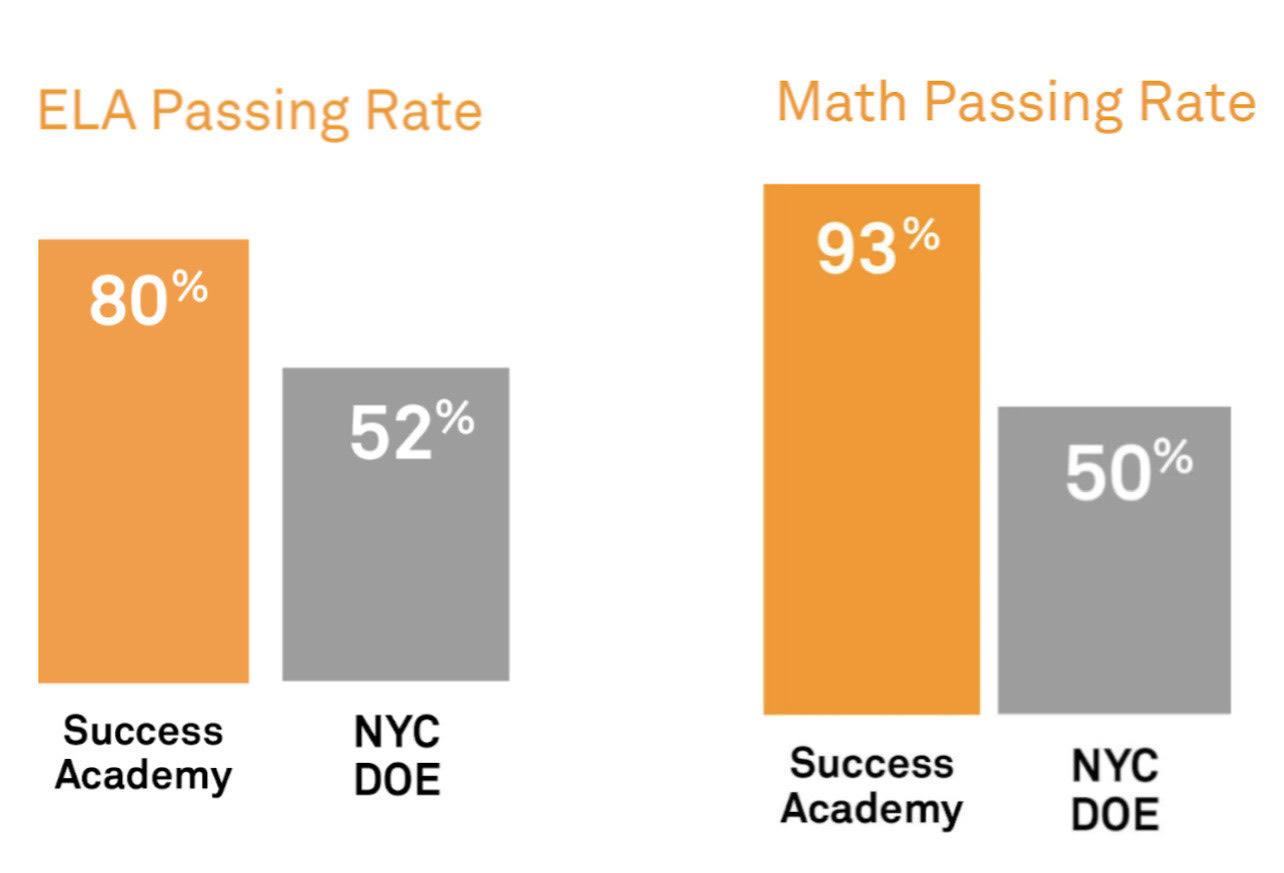Freedom to Choose
Unleashing the Power of Parental Control in Education
In the increasingly turbulent landscape of American education, one undeniable truth emerges. The system is not merely failing, it has been fundamentally broken from the outset. Despite ever-expanding investments, U.S. students continue to lag behind their international peers, ensnared in a bureaucratic maze that prioritizes union power over student achievement. The answer is strikingly simple, not more funding or regulation, but more freedom. Specifically Freedom for parents to choose the educational paths that best serve their children. School choice stands as the key to unlocking student potential, empowering families to escape failing schools and seek environments where their children can truly thrive.
As economist Thomas Sowell once said:
“So long as public schools are treated as places that exist to provide guaranteed jobs to members of the teachers' unions, do not be surprised to see American students continuing to score lower on international tests than students in countries that spend a lot less per pupil than we do." This stark reality underscores the need for a system that values educational outcomes over bureaucratic interests.
At its core, school choice empowers parents to select the best educational environment for their children, whether it be a public school, private institution, religious setting, or charter school-an option often met with controversy. Some advocates even push for policies where taxpayer funding “follows the child,” utilizing vouchers to offset tuition costs. The argument is simple: school choice levels the playing field, granting all students access to quality education while fostering competition that compels public institutions to improve.
Why is school choice essential? To put it simply, I pose these questions: Why is competition in the private sector so important? What happens when competition disappears? In the private sector, monopolies often treat customers with indifference, knowing they have no alternatives. Public schools, functioning as near-monopolies in many areas, exhibit similar complacency. Introducing school choice injects competition into the education system, forcing schools to improve or risk losing students. In a landscape devoid of options, mediocrity becomes the norm, leaving families stranded without recourse for a better education. It is these very families (often Black and Hispanic parents in underserved, democrat run communities) who are most ardently advocating for school choice. For them, school choice is not merely a policy proposal; it is a lifeline to a brighter future.
The importance of a quality education as a pathway to middle-class status cannot be overstated. No child should be confined to an assigned government school where fewer than 5% of students demonstrate proficiency in math. Take, for example, the dismal statistics from 60 public schools in Harlem, NY. (CLICK HERE FOR CHART) Among these institutions, only four of the 60 (6.67%) achieved a 2022 English Language Arts (ELA) proficiency rate above 70%. The math proficiency numbers are even more disheartening. Only two schools reached a proficiency rate of 70% or higher.
In stark contrast, Success Academy, a charter school in Harlem, boasts that 98% of its students scored at or above the proficient level in both math and reading. How is this possible? Charter schools enjoy advantages over traditional public schools that significantly contribute to their higher test scores. They have the flexibility to tailor curriculum and teaching methods to meet student needs, fostering an environment where educators can implement better practices and respond swiftly to academic challenges. (Continued under graph)
Teachers' unions have long faced criticism for prioritizing their members' interests over student needs. This can negatively impact the quality of education in traditional public schools. A significant concern is their resistance to accountability. By advocating for job protections and tenure, unions often make it difficult to remove underperforming teachers, allowing ineffective educators to remain in classrooms despite their inability to meet students' needs. This focus on job security and benefits can block innovation in teaching practices. In contrast, charter school teachers have greater autonomy, enabling them to implement creative and effective teaching methods that engage students more successfully. This flexibility allows charter schools to adapt quickly to changing educational demands, something traditional public schools often struggle to achieve due to bureaucratic constraints.
Charter schools also tend to emphasize performance-based measures, linking teacher effectiveness directly to student achievement. This fosters a culture of high expectations and continuous improvement, motivating teachers to prioritize student success. Additionally, charter schools often provide targeted support for diverse learners, addressing the unique challenges faced by their student populations. Their strong community connections also result in higher levels of parental involvement and support, which can significantly enhance the educational experience and improve student performance. In contrast, teachers' unions may focus more on negotiations than on fostering community collaboration. While unions play an essential role in advocating for educators' rights, their emphasis on job security can sometimes inadvertently undermine student outcomes.
I personally experienced these benefits during my time at a charter school in Arvada Colorado. At the time I criticized the school because I simply didn’t like school. I would much rather be riding bikes, playing with Lego, or playing basketball at the park with my friends. In retrospect however, the charter school encouraged me to be creative and supported the learning style that benefitted me-hands on. It is very likely that if it wasn’t for open enrollment granting me the ability to attend this charter K-8, I wouldn’t be writing this editorial.
The evidence overwhelmingly supports the need for nationalized school choice as a mechanism for fostering accountability, innovation, and community engagement. By empowering families with the freedom to choose their children’s educational paths, we can dismantle the complacency of a monopolistic public school system and pave the way for a brighter future for all students.


